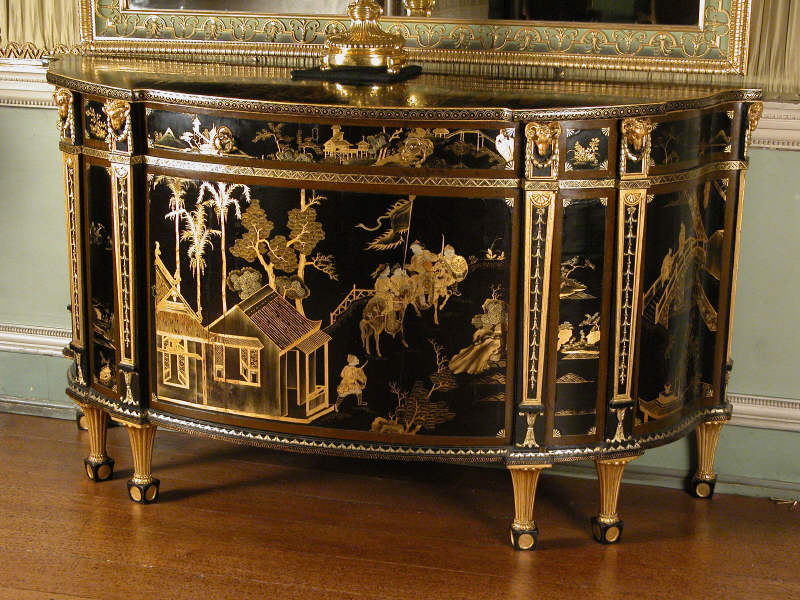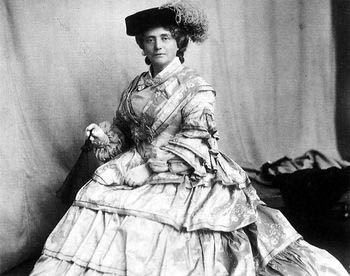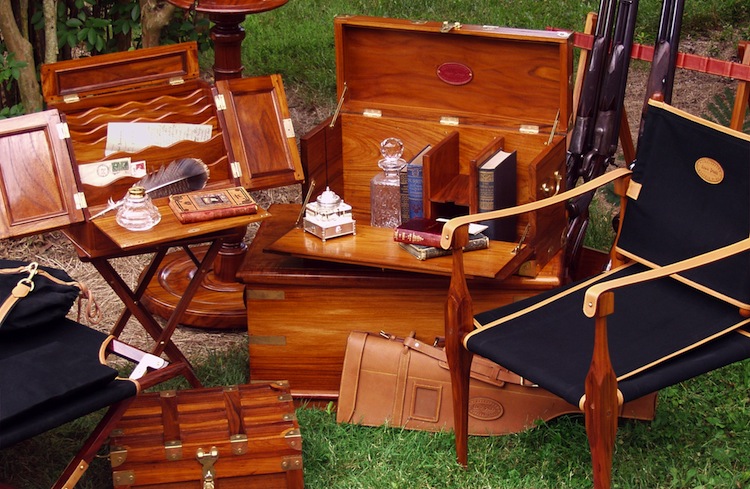Japanning is a lacquering technique which is meant to imitate the lacquer traditionally produced in Japan and other Asian countries. A number of surfaces can be japanned, ranging from snuff boxes to tables, and this lacquering technique enjoyed a period of immense popularity, especially in the 18th century.
 Numerous beautiful examples of japanned pieces can be seen on display in European museums and in private collections, and some companies continue to produce pieces in this style, although it may not always be referred to as japanning.
Numerous beautiful examples of japanned pieces can be seen on display in European museums and in private collections, and some companies continue to produce pieces in this style, although it may not always be referred to as japanning.
Japanning or creating Japanned ware means to paint tin with a shiny lacquer look that resembled the imports that were coming out of China in the 1800’s. The Japanned ware was just as pretty, but was less expensive which made them available to the working family.
It originated from cities in the West Midlands, Wolverhampton and Bilston, in England.
Loveridge and Company was one of the biggest Japanned ware producers in England. They employed over 250 people and created Japanned items ranging from small items like teapots to large items like cabinets. They would send out catalogues with patterns on them complete with colour choices.
To achieve the japanned look, many layers of dark varnish were placed over tin, metal or paper mache.
This varnish was made from a tar like substance and then an artist would paint scenes on top of the varnished base coat.
For a short period furniture was made out of paper mache with the japanned ware look which didn’t last long because the paper furniture wasn’t sturdy enough to last for very long.











